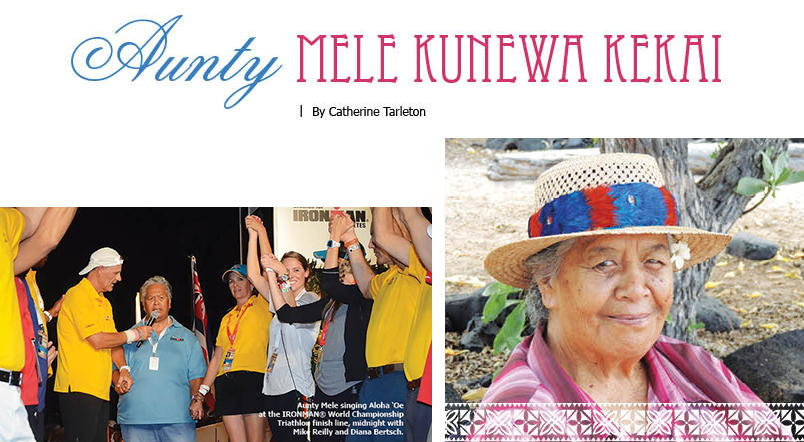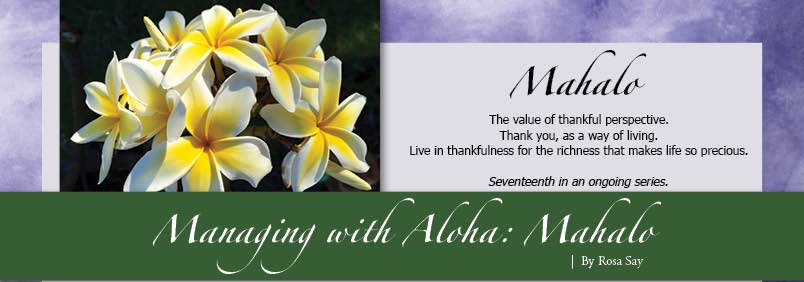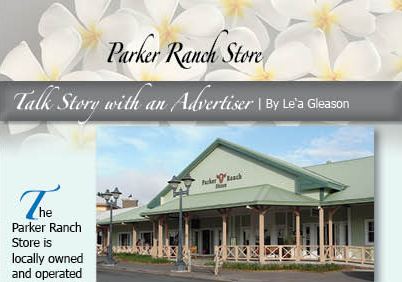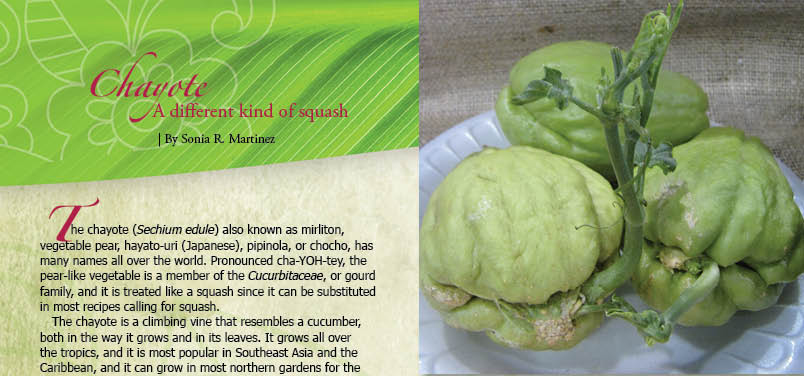
Aunty Mele Kunewa Kekai

By Catherine Tarleton
At the far north end of Kona’s Old Airport, a rock and coral trail leads to the quiet cove at Makā‘eo, once a thriving and fully sustainable fishing village. To the left, a tongue of lava forms a shallow pool; beyond, the pyramid-shaped rock named Pōhakuloa stands watch. A soft breeze takes the edge off a hot day. Naupaka offers some shade.
“My Aunt Mary Kailiwai was my mother’s midwife. She raised me,” says Mele Hau‘oli Kunewa Kekai, whose family home once stood just north at the point called Pāwai. “I would stay with her in Kona six months and come down here six months to fish with my father, John Nuela Kunewa.”
Like many families in the 1940s, Aunty Mele’s were coffee farmers; their year planned around coffee picking from July to December. In the first half of the year, she helped her father, a fisherman and charter boat captain out of Kailua Bay.
“They would go flag-line fishing from the sampan boat,” says Mele, referring to a technique that used a long main line with multiple baited hooks, suspended by floats with flags. “People don’t lay line like we used to do. They caught marlin, ‘ahi—all kinds of fish. They went out early in the morning. By the time they reached in, it was almost dark.”
“He was one of those Native Hawaiian pioneers with charter boats, along with Henry Chi, Chuck Machado, the Parker Brothers, George, and Phil,” says niece Rolinda Bean. “If he wasn’t out working for people, he was working to provide for the family. Not only fish, but gathering—seaweed, ‘opihi (limpets), and others and feeding the ko‘a (fishing ground). At the reefs offshore, families would go out and feed the fish smashed pumpkin, avocado, taro… so that fish was abundant when the families needed it.”
Part of the generations-old Makā‘eo fishing culture that dates back to the 15th Century, Mele and her father would feed the young fish in the shallow water, the ko‘a, giving them vegetables and fruit so as not to attract the larger predatory fish. The waters off Makā‘eo were rich with fish: ‘ōpelu (mackerel scad), ‘ū‘ū (soldier fish), po‘opa‘a (hawkfish), halalū (young akule, big-eye scad), ulua (crevalle, jack or pompano), manini (tang), humuhumunukunukuāpua‘a (triggerfish). When the time came, some of these might become bait and some, dinner.
Her father fished for the family by canoe, which he pulled up onto Pāwai, the narrow beach on the north end, for safe harbor. Mele points to the place their house stood, to the pond, and the burial area.
At the time, before the airport was built in 1948, Makā‘eo had a large anchialine pond, surrounded by a marsh environment where ducks and birds would feed, according to a Culture Impact Assessment (CIA) done in 2010 for Kimura International. The CIA included interviews with Mele and family members.
Mele remembers ponds full of ‘ōpae‘ula (shrimp), seafood such as crabs, ‘opihi, kūpe‘e (snails), pipipi (small mollusk), and different kinds of limu (seaweed). In the interview, she says, “We come down, we come over here. It’s like a playground for you. It’s a safe playground for you and your family around here.”
Five homes stood in Makā‘eo, and rows of tall coconut trees in the long stretch of sand that’s now an abandoned runway.
“The whole area used to have a lot of coconut trees and sand,” says Mele. “That’s where they buried the people who died in jail. One time we wanted to catch ‘a‘ama crab, and we were waiting for darkness to come. All lying down in the sand…my cousin turned over on her side, and a skull was right next to her!”
Mele was born on New Year’s Day in 1938 in Kailua-Kona, where the Seaside Hotel is now. She attended Kailua Elementary School, walking all the way from Makā‘eo and arriving at 9am.
“After school, Dad would meet me at the shoreline with the canoe, and I would get on the canoe and come back here, change clothes, and get ready to go out with him to fish,” says Mele. “You cannot get seasick when you gotta go work. You cannot have a problem.” After long hours, the two returned as the sun was sinking.
“When we came in, my dad would see everybody on the sand and he would say, ‘Give fish to everyone,’” says Mele. “I would grumble and he would say, ‘Don’t grumble. If you give from your heart, you get more next time…You count everybody, make a string, and you give them.’”
“Fishing was so hard. My grandfather understood, the more you give the more you will receive,” says Rolinda. “It’s like when you make your first lei, you give it back to the forest as a thank you for the materials. You give, give, then keep one for yourself. The practice of mastery is in place.”
In the seventh grade Mele moved to Konawaena, which had a different school year to allow students to help pick coffee, including herself, her brother, and four sisters.
“When they picked coffee, they picked 10–12 bags per person,” says Mele. “The first crop was not too bad, and the second; by the third, it was a really heavy load.”
As a student, she learned to fly an airplane, when she and a girlfriend joined the Civil Air Patrol. “We used to fly almost every month to Hickam and certain areas we had to go; we went all around Pearl Harbor,” she says.
After graduating from Konawaena, Mele went to work at the Ocean View Hotel as a babysitter, and later at Kona Palms, where Pancho & Lefty’s is now.
“Everybody had to be in top shape, neat, clean, from your shoes all the way up. Your uniform had to be spick-and-span, no wrinkles,” says Mele. “When you take pride in what you do, you have to dress well.”
She remembers long days in the hot sun when the hotel workers went on strike. To keep operating, the management staff had to work, and she did not approve of some union workers’ attitudes. “I told them, ‘You don’t treat them like somebody you don’t know. Show respect.’”
When her stint on the picket line was pau (finished), she went fishing. “I would go to Honokōhau with an ice chest and hook halalū (young of the akule, a fish, about 14 or 15 cm long),” she says. Then, in keeping with family tradition, she dropped them off at the kitchen where the striking workers’ meals were prepared. “I always told them, ‘Don’t forget my crew!’”
And if someone was unfamiliar with her favorite fishing spot, she had a warning. “If you don’t know how to fish, better not fish in this section because you and that pole are going to end up in the water.”
She worked briefly at the King Kamehameha Hotel in 1965 and then took a position at the Kona Inn. Former boss William Mielcke of Kailua-Kona remembers her fondly. “Mele and Hank were old friends. Their arms were always open with aloha,” he says.
Mele met Henry “Hank” Kekai when he was a bartender at the King Kamehameha Hotel. Hank, brother of notable surfer Rabbit Kekai, had moved away from Waikīkī for a change of pace and relaxed into bodysurfing along the Kona coast.
“Dad would bodysurf at Kona Tiki’s,” says daughter April Wong. “Ali‘i Drive had reef sticking up. You had to know what you were doing. He also liked to bodysurf at White Sand when there was no sand.”
“My husband was a deckhand and a fisherman,” says Mele. “He would catch ‘ahi or aku (bonito) and go by KTA and tell people, ‘Don’t buy fish; I will wait for you.’ Then, ‘How many in your family?’ If it was seven, he gave them seven fish. That’s all he wanted to do was see them smiling…When you have a lot, better to give than to sell.”
As a young woman she was also a competitive canoe paddler. “Paddle fishing is different from regular regatta paddling. I had to learn regatta paddling. That’s why we practice,” says Mele. “Frank Henriques was our coach. And in 1959, we won State Junior Women in Honolulu,” she says with a smile, adding, “We thought we were pau, then the coach says, ‘No way, you’re going out with the Senior Women, too,’ and we took first place, too.”
She is a lifetime member of Kai ‘Opua, Hawai‘i’s oldest organized canoe club, founded in 1930. She still works with them from May to December, during race season, although she now works in the t-shirt tent instead of the official’s boat, where she served for many years.
That’s not all that keeps Aunty Mele active. Ke Ola editor Renée Robinson first met Aunty Mele at the IRONMAN® World Championship Triathlon, where Mele has worked as a volunteer coordinator for 32 years.
“She asked if I’d help at the finish line from 6pm to midnight and give the athletes lei,” says Renée. “It was an amazing experience. Volunteers weren’t allowed to have cameras behind the finish line, so I don’t have a picture of her surrounded with all the beautiful lei.”
Kumu Keala Ching, who also contributes to Ke Ola, is another fan of Mele, finding her life and stories inspiring.
“Aunty Mele is the wife of my father’s grand uncle, and it was a pleasure to make the connection with a family of Kona,” says Kumu Keala. “I am now connected with Aunty Mele through Rolinda Bean, my dear friend for the past 15 years. So, I would say I know Aunty Mele for the past 15 years.”
“Understanding Aunty Mele’s story, I have been inspired daily just sitting and hearing her speak, sharing her stories the way she wants to and feeling blessed to be loved by an Awesome Woman,” he says. (Tears now begin to run down my face.) “When I speak about Aunty Mele, everyone I speak to gains a smile instantly…Aunty Mele is truly a blessing and a strength within our community, yet very humble. I love Aunty Mele!”
The sun is high and hot overhead as we wrap up our conversation. The few visitors to Makā‘eo have finished their walk and gone. The women gather their chairs and bags, making their way back to waiting cars and the present day. We have talked about many things—history, culture, fishing. Most of all we have talked about the kind of wisdom, of mastery as Rolinda says, that comes with doing. Only hard work and awareness earn that.
“I’m a water person. I’m a fisherman,” says Mele. “You gotta use your common sense.”
Amen. ❖


